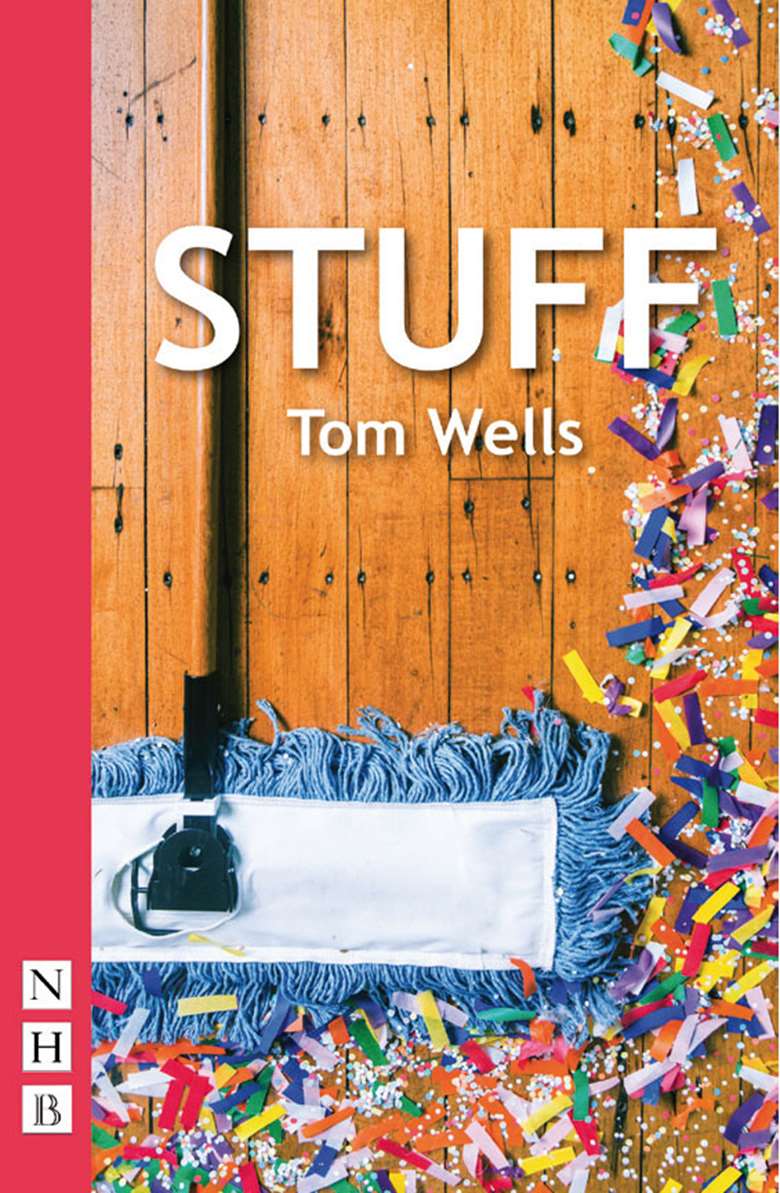Stuff by Tom Wells
Katherine Noble
Monday, March 1, 2021
A play that could, with the right supporting material, provide a cross-curricular tool — published by Nick Hern Books

Stuff by Tom Wells is a short play for nine actors playing age ranges from 13 to 16 (5m, 4f). It is about supportive friendships set around the creation of a planned surprise birthday party. The relationships demonstrate an ideal way to behave and speak to each other, showing respect and mutual concern for each other's welfare.
The play is written in an easy-to-read style that most secondary students would find simple to follow and has a one set requirement which would be inexpensive to produce at any venue. It has a linear approach to the unfolding of the story.
Stuff goes some way to addressing the way teenagers can participate in being a part of a mentally supportive environment in their friendships. It focuses on problem-solving rather than problem-resolving, in that the teens with problems find a way to ‘live with’ their issues thanks to understanding (as opposed to judgement or criticism) from friends.
I can see Stuff being used as a TIE project performed by students to their peers with additional supporting material to guide the audience to the key messages in the play and further discussion.
However, some of the words spoken by the characters are not a reflection of the words used by today's teenagers. Words such as ‘ace’, ‘mega’, ‘immense’, ‘probs’, ‘obvs’ and ‘soz’ make them sound like a group of out-of-touch adults play acting young people.
This brings me to the lack of parental involvement and responsibility implied between the lines of this play, which savvy teens will spot. Stuff contains references to ‘dogging’, underage drinking, and unsupervised party preparation in a public building. The play neither presents a problem, opinion, or solution to these matters, irrespective of the fact that they are often irresponsible, dangerous, and sometimes, illegal.
Without further material or guided discussion, a young audience could be distracted away from the message of the play. That said, there is a possible use for this play as a tool to help students understand how they can maintain supportive relationships among their peers.

